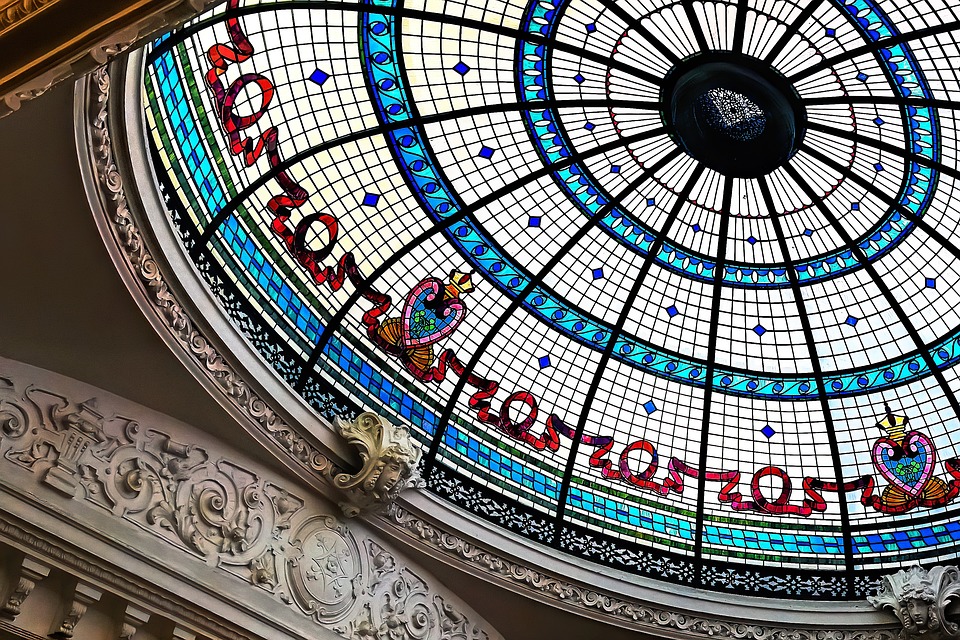Embracing Artistic Sensitivity: Harnessing the Power of Emotion in Art
The Role of Emotion in Art
Art has the power to evoke a wide range of emotions in those who experience it. From joy and excitement to sadness and contemplation, art has a unique ability to tap into the deep well of human emotions. Artists have long understood the power of emotion in their work, and some of the greatest pieces of art throughout history have been those that are able to stir the emotions of their viewers.
Embracing Sensitivity in Artistic Practice
One of the key components of creating emotionally powerful art is embracing artistic sensitivity. This involves being in tune with your own emotions and using them as a guide in your artistic practice. By harnessing the power of emotion, artists can create pieces that resonate with viewers on a deeply personal level.
Connecting with Your Emotions
In order to create art that is emotionally powerful, it is important to first connect with your own emotions. This may involve taking the time to reflect on your own feelings and experiences, and using them as inspiration for your work. By tapping into your own emotions, you can create art that is authentic and deeply personal.
Expressing Emotion through Art
Once you have connected with your emotions, the next step is to express them through your art. This may involve using color, shape, and form to convey a particular emotion, or it may involve choosing subject matter that evokes a specific feeling. Whatever the method, the key is to be true to your emotions and allow them to guide your artistic choices.
Using Emotion to Connect with Your Audience
The goal of creating emotionally powerful art is to connect with your audience on a deep emotional level. By tapping into your own emotions and expressing them through your art, you can create pieces that resonate with viewers and evoke a strong emotional response. This connection with your audience is what separates great art from merely good art, and it is the key to creating art that is truly meaningful.
Embracing Vulnerability in Art
Embracing artistic sensitivity also means embracing vulnerability in your art. Being vulnerable in your work means being willing to open yourself up to criticism and judgement, as well as allowing yourself to be emotionally exposed through your art. While this can be a daunting prospect, it is also what allows for true emotional connection with your audience.
Benefits of Embracing Artistic Sensitivity
There are many benefits to embracing artistic sensitivity in your work. By tapping into your emotions and expressing them through your art, you can create pieces that are not only emotionally powerful, but also deeply personal and authentic. This can lead to a stronger connection with your audience, as well as a greater sense of fulfillment in your work.
Conclusion
Embracing artistic sensitivity and harnessing the power of emotion in art can lead to truly powerful and meaningful pieces of art. By connecting with your own emotions, expressing them through your work, and embracing vulnerability in your art, you can create pieces that resonate with viewers on a deep emotional level. This emotional connection with your audience is what separates great art from merely good art, and it is the key to creating art that is truly impactful and meaningful.


